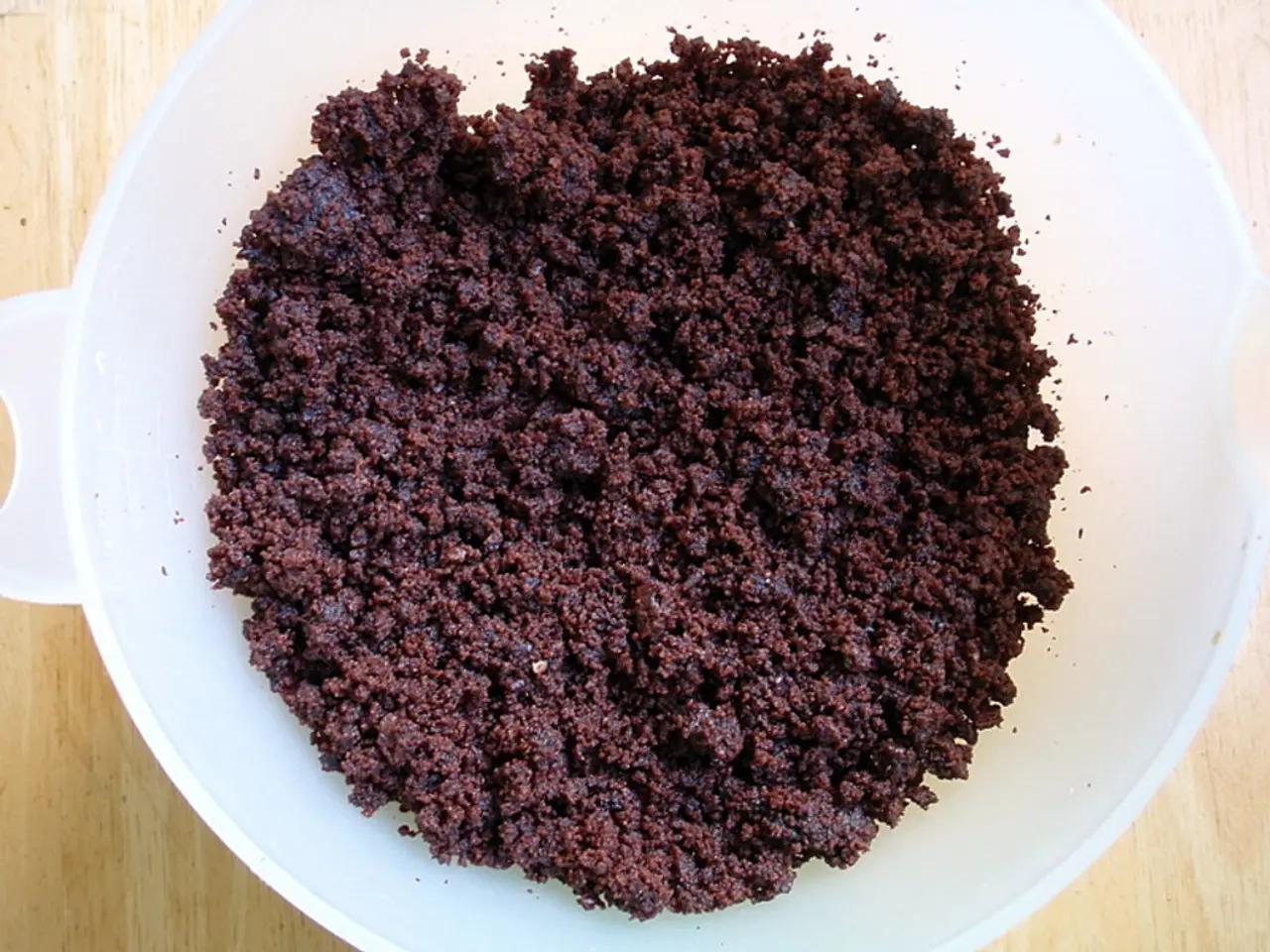Understanding Colonic Polyps: Types, Causes, and Prevention
Colonic polyps, small growths on the colon's surface, are common and usually harmless. However, some can become cancerous. Understanding their types, causes, and prevention is crucial for early detection and treatment.
Colonic polyps are classified into three types. Hyperplastic polyps are harmless, while adenomatous polyps can potentially develop into cancer. Malignant polyps are already cancerous. Polyps often don't cause symptoms, but can include blood in stool, pain, or changes in bowel habits.
Preventing polyps involves maintaining a healthy diet rich in fruits, vegetables, whole grains, lean meat, vitamin D, and calcium. Limiting high-fat foods, red meat, processed foods, quitting smoking, and regular exercise also help. Regular screening is vital as polyps are often found during routine exams.
Doctors diagnose polyps through colonoscopy, sigmoidoscopy, barium enema, CT colonography, or stool tests. Removal methods vary depending on the polyp's size, ranging from small incisions during colonoscopy to minimally invasive surgery for larger polyps.
Risk factors for developing colonic polyps include genetic factors like familial polyposis syndromes and family history of colorectal cancer, lifestyle factors such as smoking, obesity, and high red meat intake, and chronic inflammatory bowel diseases like Crohn's disease and ulcerative colitis.
Colonic polyps, though common, require vigilance. Understanding their types, causes, and prevention strategies can help in early detection and treatment. Regular screening and maintaining a healthy lifestyle can significantly reduce the risk of developing these growths.
Read also:
- Americans Lose Insurance Under New Tax Legislation, Affecting 10 Million Citizens
- Pro-Life Group Condemns FDA's Approval of Generic Abortion Drug
- Trump Signs Law Defunding Planned Parenthood, Threatening Healthcare Access for Millions
- Historian Ute Frevert Explores Germans' Emotional Bond With Constitutions







